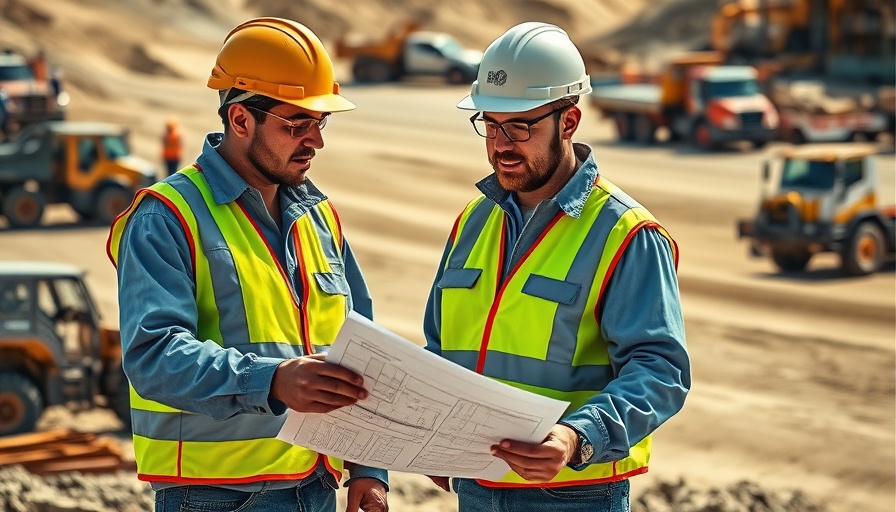
OpenAI and Oracle's Pioneering Move in Data Center Capacity
In a significant announcement made on April 7, 2023, OpenAI and Oracle revealed their ambitious initiative to enhance the Stargate project, a cutting-edge AI infrastructure that aims to drive the future of technology. With a staggering commitment of 4.5 gigawatts, this expansion is not just about power; it's about job creation, with over 100,000 construction and operation roles expected to emerge across the United States. This venture is projected to amplify OpenAI's existing capabilities, bringing their total under development capacity to over 5 gigawatts and totaling approximately 2 million chips running concurrently.
Strategic Investments in AI Infrastructure
This major development aligns with a previously disclosed goal set during a January event at the White House, where OpenAI committed to invest $500 billion over four years into AI infrastructure. The current push marks a turning point in the ongoing collaboration between OpenAI and its strategic partners, including Oracle and SoftBank. Together, they are not only striving to meet but possibly exceed their initial infrastructure goals.
Navigating the Construction Landscape
As business owners and property developers consider the financial implications of these developments, it is vital to understand the trends shaping the data center landscape. The increase in demand for AI services necessitates significant capital investment, not only in the technology itself but also in the infrastructure that supports it. As facility managers look to optimize their spaces, understanding the integration of AI-driven data centers can provide strategic advantages in terms of cost efficiency and operational performance.
The Broader Economic Impact
The expansion of the Stargate project signals a robust demand for skilled labor and innovative construction methodologies. It is projected to uplift local economies by creating jobs, stimulating growth in related industries, and setting new standards for sustainable practices in construction. With the growing emphasis on eco-friendly building solutions, industry stakeholders are reminded of the importance of aligning capital projects with sustainability goals—merging innovation with responsibility.
Future Predictions for AI and Construction
The partnership between OpenAI and Oracle not only highlights current industry trends but also sets the stage for future growth in artificial intelligence and construction technologies. As businesses evolve, the confluence of AI with construction will reshape project management practices—paving the way for smarter design, better resource management, and enhanced risk mitigation strategies.
Conclusion: Embrace the AI Revolution in Construction
For business owners, property developers, and facility managers, the unfolding narrative around the Stargate project presents both opportunity and responsibility. As these organizations gear up to adapt to rapidly changing landscapes, staying informed and equipped with strategic insights is vital for making competitive and responsible investments. Embrace the wave of AI advancements in construction, not just as an operational strategy, but as a fundamental component of business sustainability.
 Add Row
Add Row  Add
Add 




Write A Comment